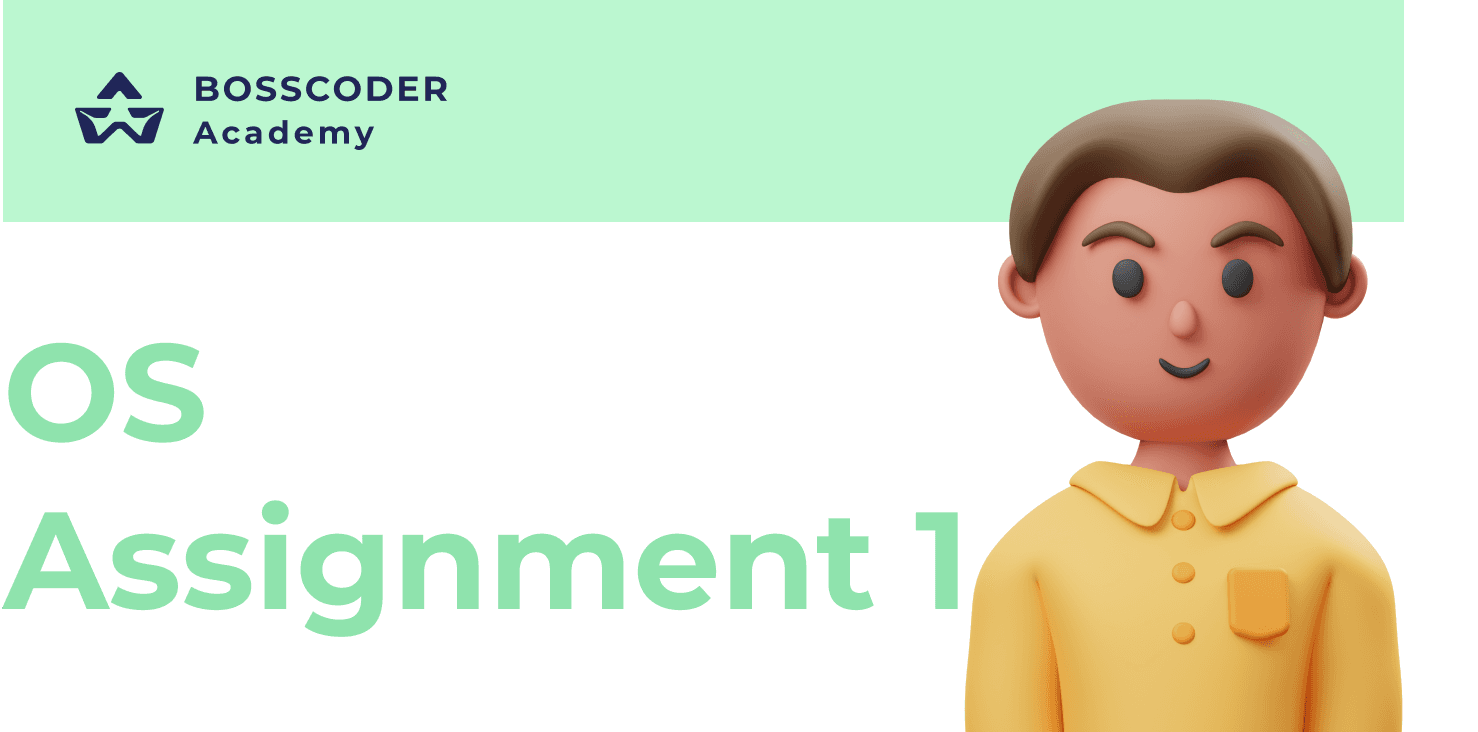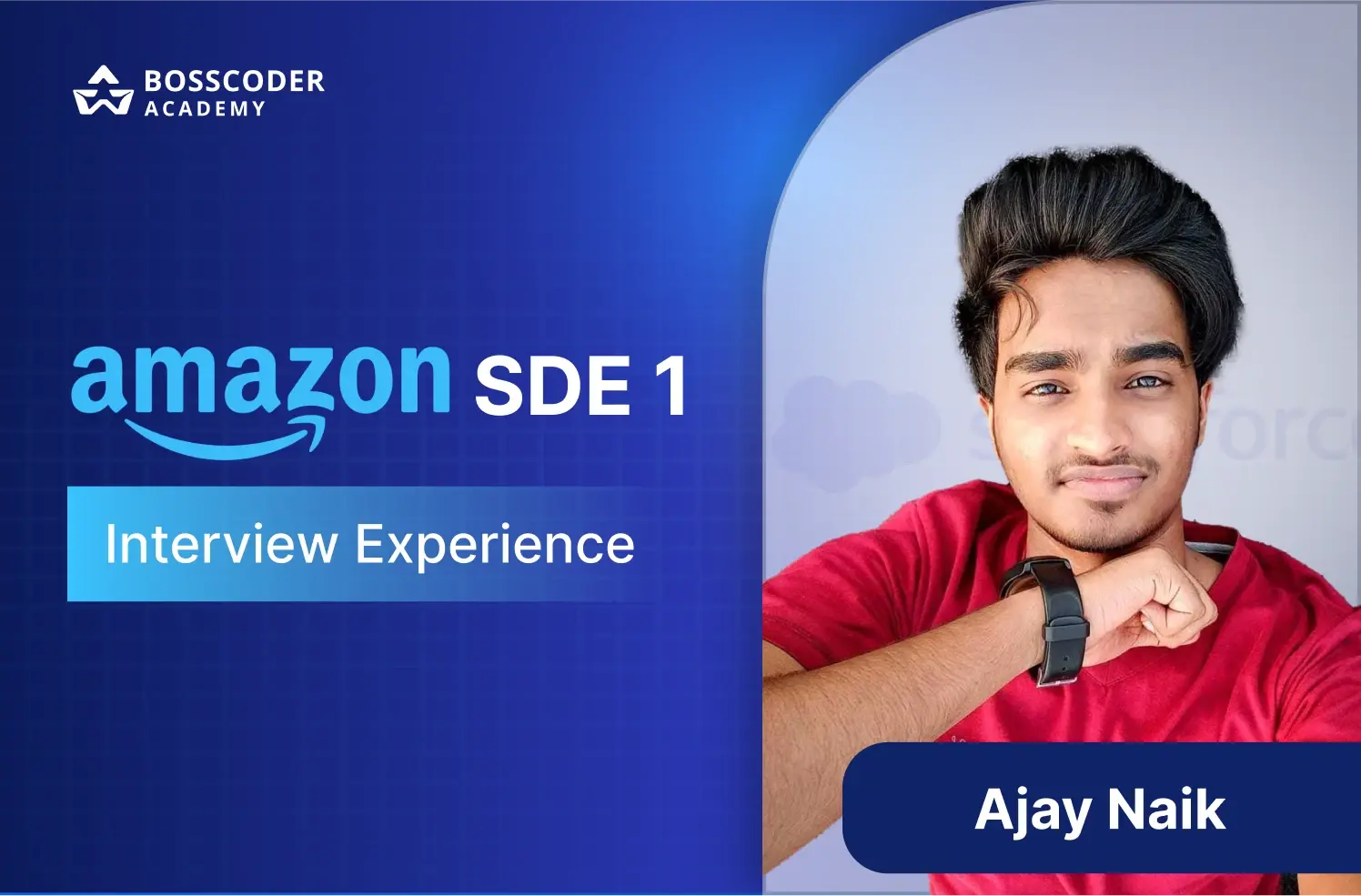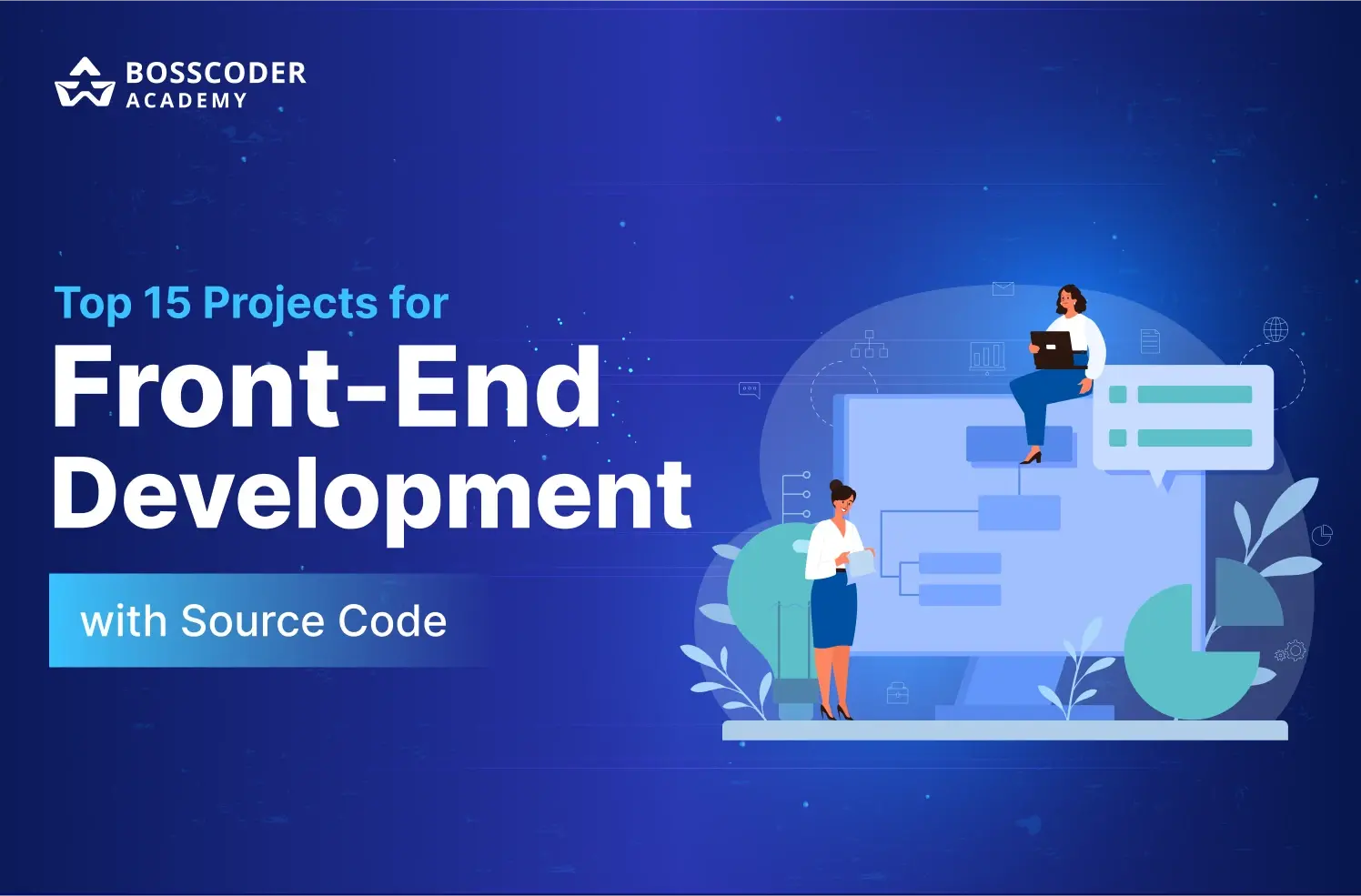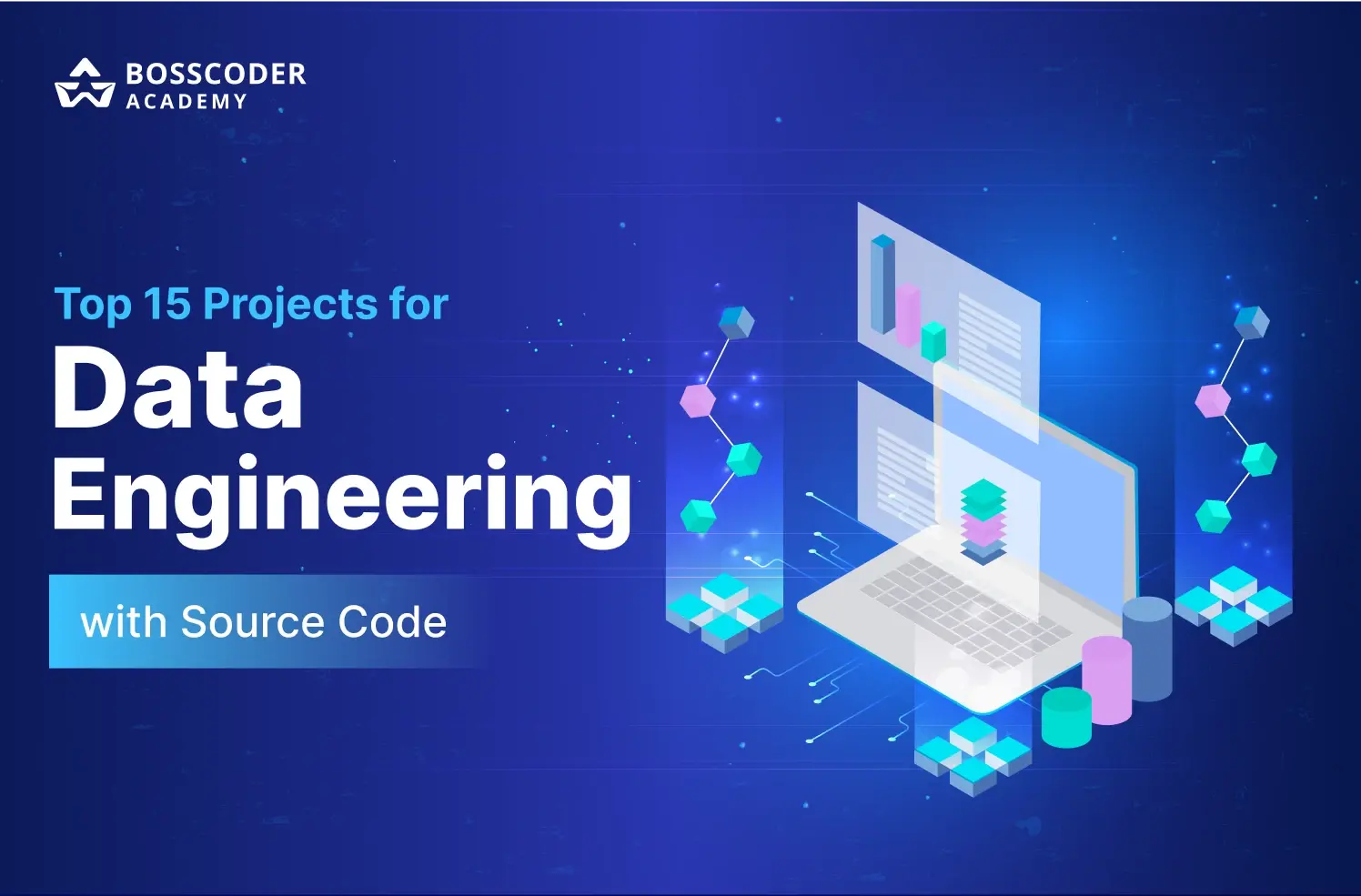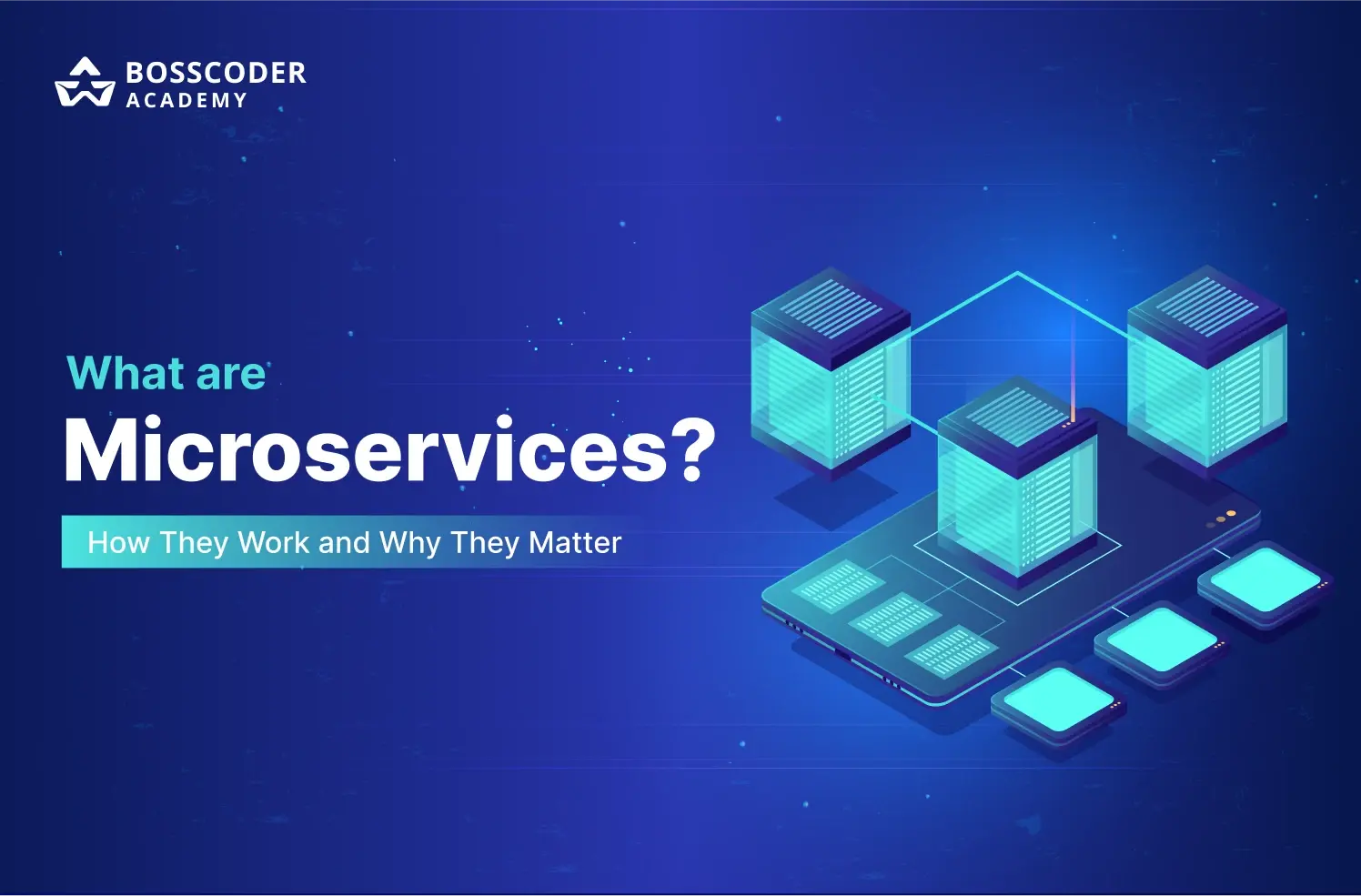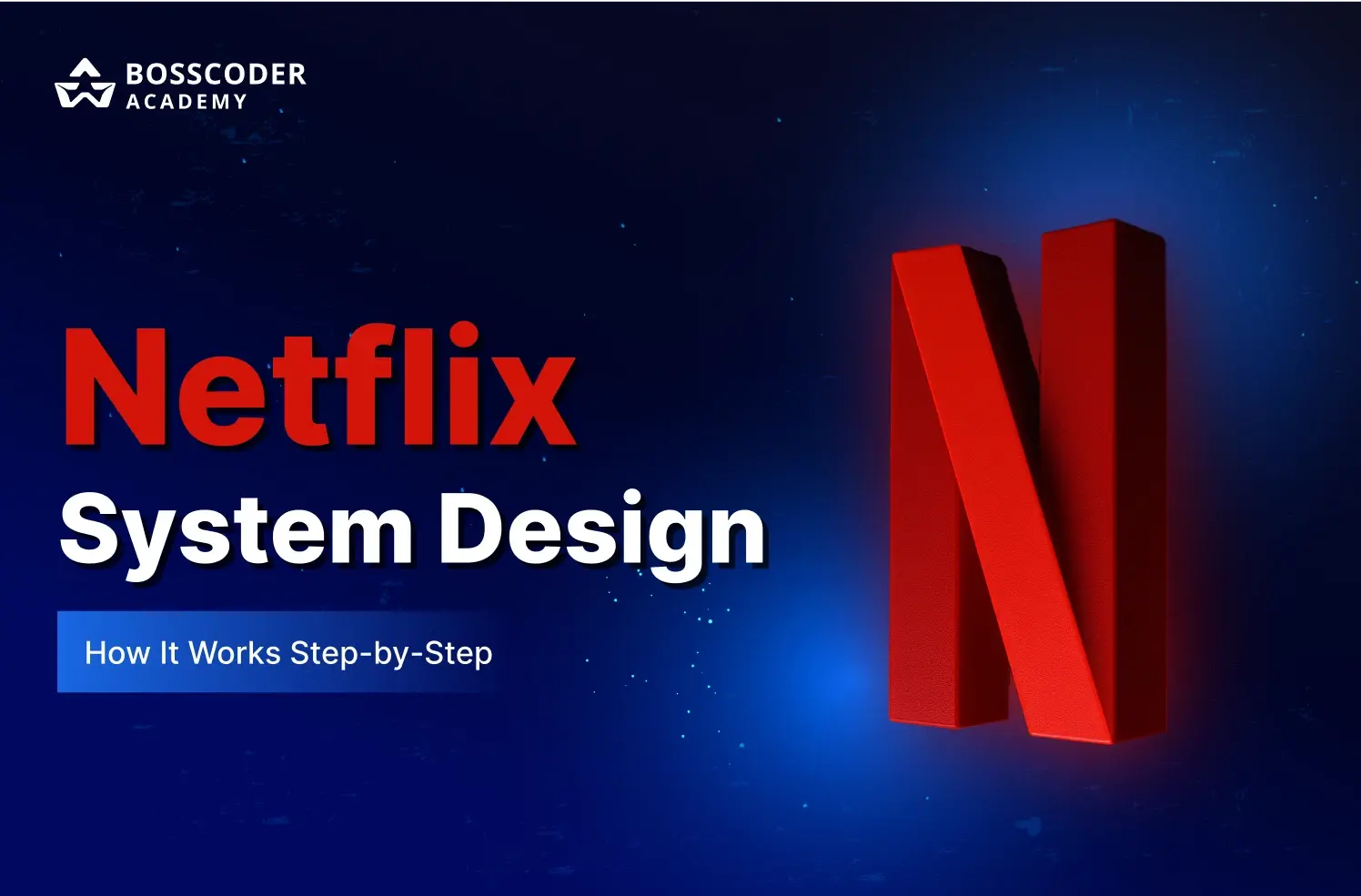Objective Questions:
- What is the primary role of an operating system (OS)?
a. Providing web browsing capabilities
b. Managing hardware resources and providing services for programs
c. Handling user interfaces only
d. Ensuring physical security of the computer - Which component of the operating system acts as an intermediary between the user and the hardware?
a. Kernel
b. Shell
c. CPU
d. ALU - What is the core function of the CPU in an operating system?
a. Managing files and directories
b. Handling user input
c. Executing instructions and calculations
d. Providing user interfaces - In the structure of an operating system, what is the role of the shell?
a. Managing hardware resources
b. Providing user interfaces
c. Allocating memory
d. Performing arithmetic operations - Which type of OS supports multiple users simultaneously and is commonly used in servers?
a. Single-User OS
b. Multi-User OS
c. Real-Time OS
d. Batch Processing OS - What is the primary goal of an operating system's security measures?
a. Enhancing CPU performance
b. Ensuring efficient memory allocation
c. Protecting data and resources from unauthorized access
d. Increasing throughput - In multiprogramming, what does "throughput" refer to?
a. The speed of the CPU
b. The number of processes completed in a given time
c. The efficiency of the memory management system
d. The size of the hard disk - What is the key difference between preemptive and non-preemptive scheduling in an operating system?
a. Preemptive scheduling allows processes to run without interruption.
b. Non-preemptive scheduling allows processes to be interrupted.
c. Preemptive scheduling can interrupt running processes.
d. Non-preemptive scheduling is more efficient but less fair. - What are atomic operations in an operating system?
a. Operations that can be interrupted
b. Operations that are executed without interruption
c. Operations related to memory management
d. Operations that require external hardware support - What is the primary role of the Process Control Block (PCB) in process management?
a. Managing CPU registers
b. Allocating memory for processes
c. Storing information about a process, including its state
d. Handling file access for processes
Subjective Questions:
- Explain the key functions of an operating system (OS) in detail. How does the OS manage hardware resources, and what services does it provide for computer programs? Provide real-world examples to illustrate your explanations.
- Describe the structure of an operating system, including its layers and components. Explain the roles of the kernel, shell, and user programs in an OS. How do these components work together to provide a functional computer environment?
- Compare and contrast single-user and multi-user operating systems. Discuss the advantages and use cases of each type. Provide examples of scenarios where a single-user OS and a multi-user OS would be most suitable.
- What are the primary goals of an operating system, and why are they essential? Discuss how an OS achieves efficiency, convenience, security, and reliability. Provide insights into the trade-offs involved in achieving these goals.
- Explain the concepts of preemptive and non-preemptive scheduling in operating systems. Discuss the advantages and disadvantages of each scheduling approach. Provide real-world examples of scenarios where each scheduling method is beneficial.


